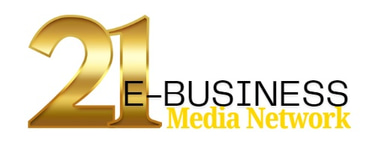1. User-Friendly Interface
For beginners, an intuitive and user-friendly interface is paramount. Tools like Canva and Pixlr offer drag-and-drop functionality, allowing you to create stunning designs without a steep learning curve. Look for tools that provide clear navigation and easily accessible features, so you can focus on creativity rather than figuring out how the software works.
2. Template Library
Many graphic design projects revolve around common formats like social media posts, flyers, or email headers. A strong feature to look for is a library of customizable templates. Tools such as Canva boast thousands of pre-designed templates, enabling you to quickly create professional-looking graphics tailored for your e-commerce site without starting from scratch.
3. Versatile Editing Options
E-commerce graphics often require various editing techniques. Choose a design tool that offers versatile editing options, including resizing, cropping, and layering. Programs like Adobe Photoshop provide advanced editing capabilities, but for beginners, simpler tools like Pixlr can still offer a wide range of editing functionalities without overwhelming complexity.
4. Collaboration Features
If you're working with a team or planning to engage with freelancers, collaboration features can be a game changer. Design tools that allow for shared projects, comments, and revisions facilitate easier communication. Programs like Canva enable multiple users to edit designs simultaneously, making teamwork seamless and efficient.
5. Access to Stock Images and Icons
Imagery is vital in e-commerce. As a beginner, sourcing high-quality images and icons can be challenging. Look for graphic design tools that provide access to built-in libraries of stock images and icons. This feature can save you time and help maintain a consistent visual aesthetic—Canva and Procreate are excellent options to consider.
6. Export Options
Once your design is ready, you need to save it in the appropriate format. A good graphic design tool should offer multiple export options, allowing you to save files as PNG, JPEG, or even PDF, depending on your needs. Ensure the tool you choose can export high-resolution files suitable for both web and print use, which is essential for product images or marketing collateral.
7. Mobile Compatibility
Flexibility is key. A graphic design tool that offers mobile compatibility allows you to create and edit designs on the go, which is particularly useful for busy entrepreneurs. Many platforms, like Canva and Pixlr, have mobile apps, ensuring you can work anytime, anywhere.
8. Affordable Pricing Plans
Finally, as a beginner, you should consider the cost of the graphic design tool. Many tools offer free versions with basic features, while premium plans provide advanced functionalities. Evaluate your budget and choose a tool that offers the best value for your needs without compromising quality.
Choosing the right graphic design tool can significantly enhance your e-commerce venture. By focusing on user-friendliness, versatile features, and affordability, you can create stunning visual content that attracts customers and drives sales. With the right resources, you'll be on your way to building a successful online presence in no time!



